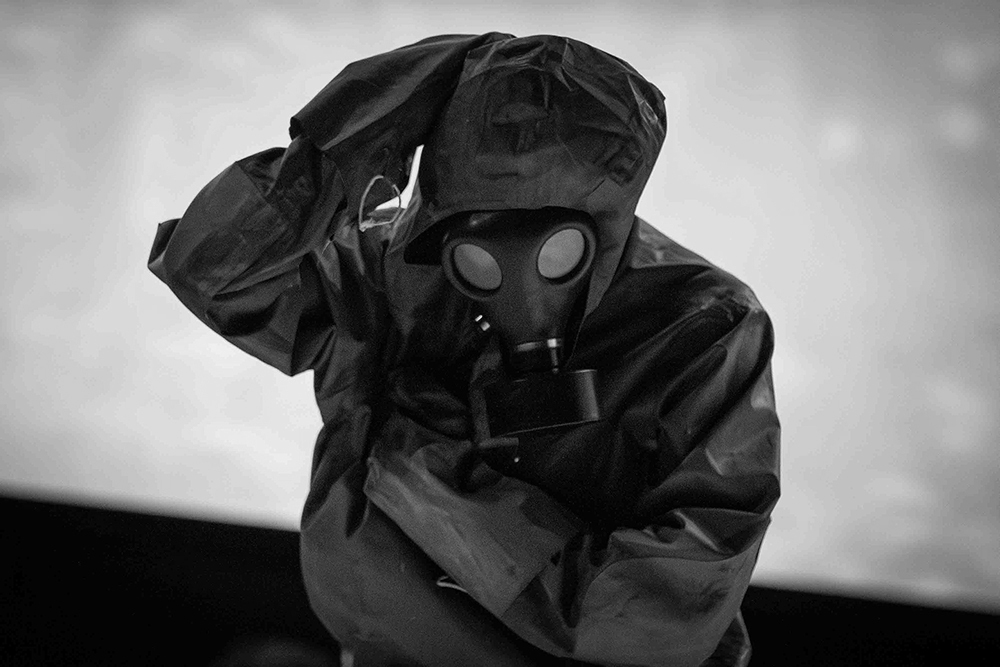Since 1993, UNITED for Intercultural Action, a network of hundreds of anti-racist organizations from all over Europe, has been compiling a list of refugees and migrants who lost their lives on their way to the continent. As of June 2025, when the latest updated version was released, the list included information on 66,519 reported deaths. The total toll is certainly much higher, as many people are neither found nor registered. When scrolling through the many pages of the list one cannot ignore the fact that only a very small number of the deceased are mentioned by name, leaving the vast majority without identifying details.
The European jurisdiction establishes a clear distinction between criminal, natural, and accidental deaths, which determines the way the bodies are subsequently handled. As the many thousands of deaths that take place at the gates of Europe challenge this taxonomy, the forensic procedures consisting in collecting medical and biological data from the corpses are not carried out in most of the cases. This absence of information prevents any possibility of future identification of the victims. At the bottom of the sea, on the shores, and inland, a mass of decomposed bodies tells the story of a collective whose ghost hovers over European territory.
For their research, Arkadi Zaides and his team delve into the practice of forensics to conceive a new virtual depository documenting the remains of the many whose deaths remain to this day mostly unacknowledged. This growing archive, this map, this invisible landscape is stretching in all directions across space and time, interrelating the mythologies, histories, geographies and anatomies of those who have been granted entrance to NECROPOLIS. Freedom of movement needs to be returned to the bodies who are admitted to Europe as corpses. And although in the City of the Dead there is no-body left to dance, it is exactly that no-body, that body of the bodies - the body of NECROPOLIS - which Zaides aims to animate back to life.
PAST PERFORMANCES
Atlas of Transitions Festival, Emilia Romagna Teatro Fondazione, Bologna (IT); PimOff, Milan (IT); FIT Festival, Lugano (CH); Dansens Hus, Stockholm (SE); Sort/Hvid, Danish Festival of Performing Arts, Copenhagen (DK); Gessnerallee, Zurich (CH); Montpellier Danse Festival, La Filature, Mulhouse, (FR) (online); FACYL, Festival of Arts and Culture of Castile and León, Salamanca (ES); Divadelná Nitra International Festival, Nitra, Slovakia (SK) (online); KAAI Theater, Brussels (BE); CAMPO, Ghent (BE); La Bâtie Festival, Geneva (CH); Mousonturm, Frankfurt (DE); Latitudes Contemporaines Festival, Lille (FR); Spazio Rossellini, Rome (IT); Kondenz Festival, Centre for Cultural Decontamination, Belgrade (RS); Hacer Historia(s), La Poderosa, Mercat de Les Flors, Barcelona (ES)/(CAT); Celebrating Trouble – Choreographic Convention by 4Culture Association, European Capital of Culture, Faber, Timișoara (RO); Kampnagel, Hamburg (DE); TanzTage Festival, fabrik Potsdam (DE); Primavera dei Teatri Festival, Castrovillari (IT); CoFestival, Ljubljana (SI); Open House Festival, Limassol (CY); Théâtre la Vignette, Paul-Valéry University 3, Montpellier (FR)
